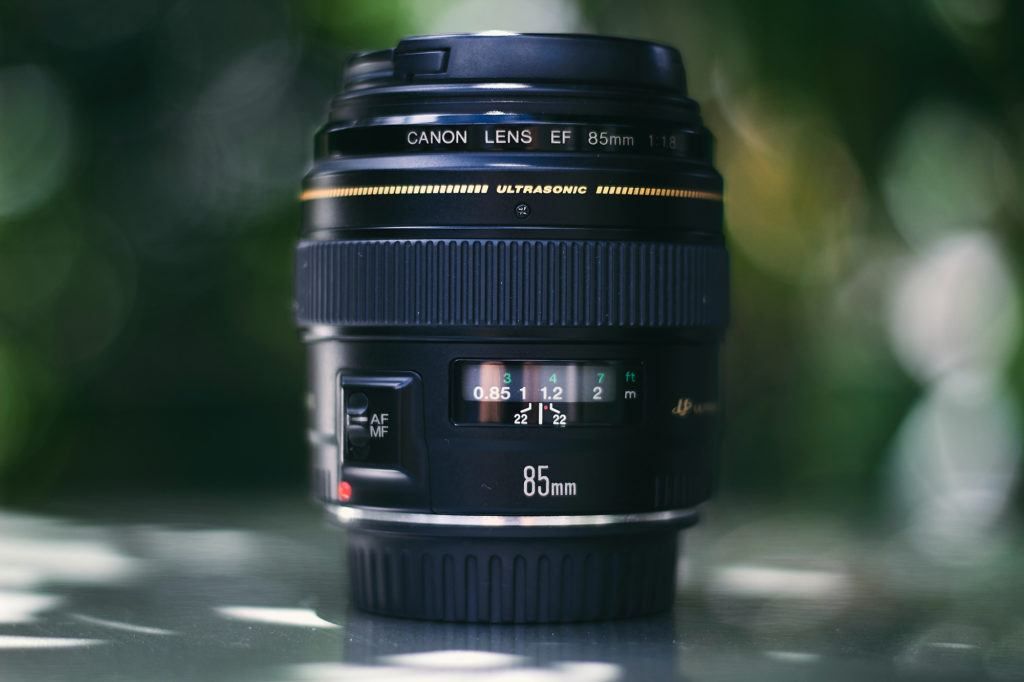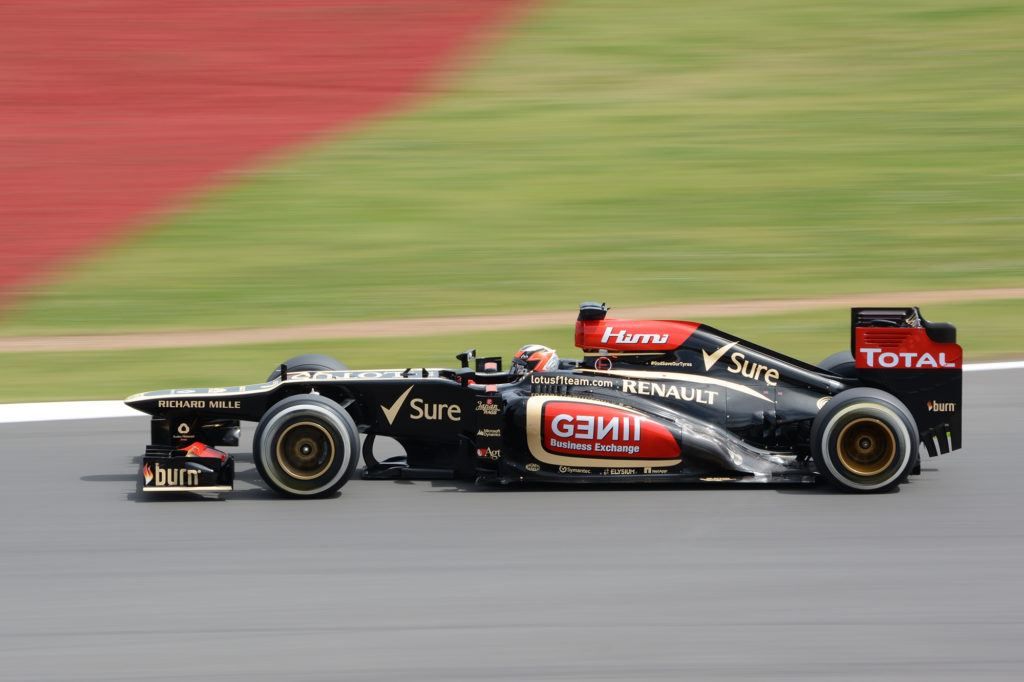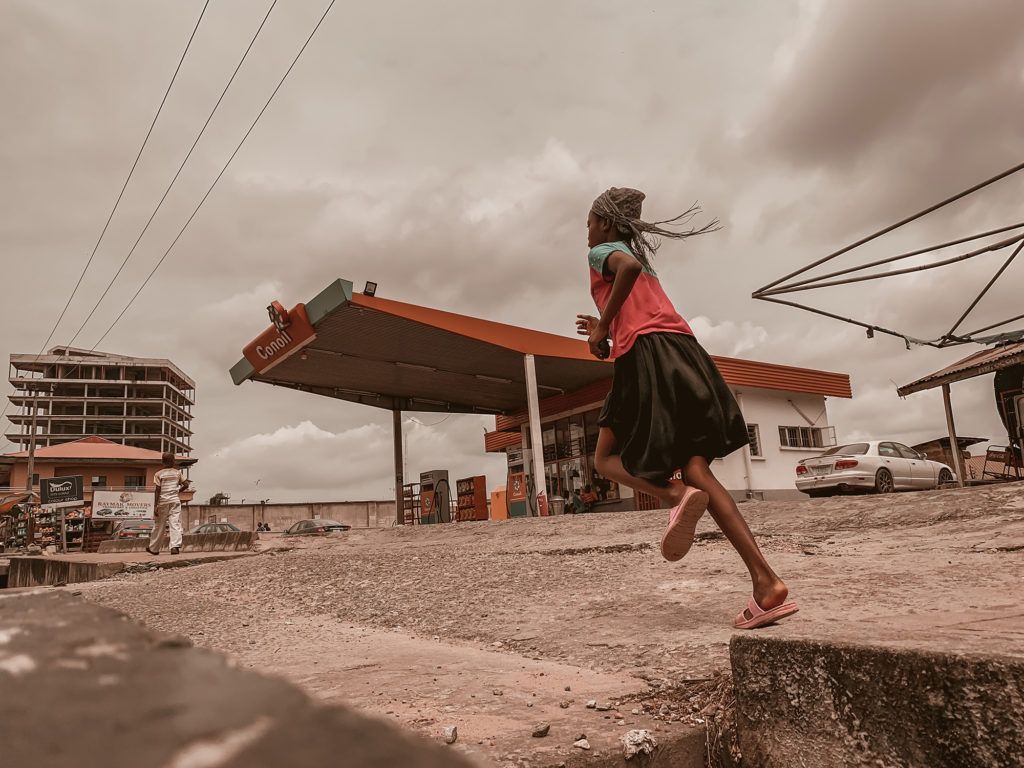I think we can all agree that a blurry image with bad focusing is something we all want to avoid happening when we’re out shooting! Fortunately, the autofocus on modern camera systems is astonishingly good, but as with many things, it will only work properly if you know how to use it. In this guide, I’m going to discuss autofocus points (more commonly known as AF points) and show you how to use them to ensure sharp shots every time you press the shutter.
Here’s what we’ll cover:
- What are focus points?
- Types of AF points
- AF-Area Modes
- Focus Drive Modes
- What can impact autofocus performance?

Make sure your lens is switched to AF; otherwise, you won’t be able to access any of the autofocus features. Photograph by Oscar Ivan Esquivel Arteaga
What Are Focus Points?
When you look through the viewfinder of your camera, you’ll see empty squares or dots. These are your focus points. You can also see them on your viewfinder if you’re shooting in live view. When you half-press the shutter to focus your camera, the points will light up. Each of these focus points is used by your camera’s AF (autofocus) sensors to detect contrast (known as Phase Detection AF).
When you look through the viewfinder of your camera, you’ll see empty squares or dots. These are your focus points.
Focus points are intentionally laid out in certain parts of the frame, but you’ll find that the number available varies enormously between manufacturers as well as camera models. Increasingly we’re seeing cameras with more and more AF points, which makes it far easier for both the photographer and the camera to get sharp images. Do note that mirrorless cameras work slightly differently, using phase-detection AF points alongside contrast AF on the sensor.
Types of AF Points
As well as the number of focus points available, you also need to be aware of what type of AF points they are. There are two types of AF point sensors: vertical and cross-type. Vertical sensors are one dimensional and can only detect contrast on a vertical line. Cross-type sensors are two dimensional and can detect contrast on both vertical and horizontal lines. This, of course, makes them more accurate. If you’re shooting with a DSLR in particular, the more cross-type points you have, the easier it will be to get images in focus.
Recommended Reading: If you’d like to master camera settings to create gorgeous, creamy, blurry backgrounds, grab a copy of Photzy’s premium guide: Beautiful Background Blur.
AF-Area Modes
Most DSLR and CSC (mirrorless) cameras will give you various options on how to control your AF points. These are known as AF-Area Modes. They will vary slightly between different cameras and manufacturers, but these are the main ones you can expect to come across.
Single/Manual Point AF-Area Mode
In this mode, your camera will only use one focus point at a time. You control which focus point is being used by moving it up, down, left, and right. This means that your camera will detect contrast only on your chosen focus point, whether it’s vertical or cross-type. This mode is particularly useful for portraits, in my opinion, as you can set your focus point in between the subject’s eyes (a bit like a bullseye!). You can also use it for landscapes and architecture, where you’ll be losing a larger depth of field and probably want to use a central AF point.
Canon cameras also have Spot AF mode, which looks like a square within a square and gives the smallest and most precise area control you can have on a camera.
Dynamic/AF Point Expansion AF-Area Mode
This mode also allows you to pick one focus point, which the camera will initially acquire focus on. However, once focus is acquired, the camera will utilize the surrounding AF points if your subject moves. You need to track the subject by panning the camera along and making sure that it stays close to the initially chosen AF point. Some higher-end cameras will also allow you to choose the number of surrounding AF points to use in this mode; for example, 9 points, 21 points, or even all AF points available.

Dynamic AF-Area Mode works well for capturing subjects such as birds, which move quickly. Photograph by Zdeněk Macháček
3D-Tracking AF-Area Mode
Some cameras will also have a 3D-Tracking mode. This is similar to the Dynamic mode but uses a special scene-recognition system that reads colors and tracks your subject automatically. The 3D mode will use all available focus points on the camera to track with. However, some users do report that it’s not quite as quick as Dynamic mode.

The 3D Tracking AF-Area Mode utilizes all available focus points, allowing you to track subjects right across your frame. Photograph by Tim Carey
Auto-Area AF/Automatic AF Point Selection Mode
Auto-Area is the automatic mode of focusing. Essentially, the camera should automatically pick up on what it should focus on. It is a complex mode that will recognize the skin tones of a person and automatically focus on them. If there are multiple people in the frame, it will focus on those nearest to the camera. If you’re photographing without people, the system will usually focus on the closest and largest object in the frame.
Zone AF Mode
Canon cameras have a Zone AF mode, which gives you a wider AF sensitivity area but requires you to hand over some of the AF point control to your camera. This mode will look at several AF points and take data from them all to average a result. This is particularly useful if you’re shooting with smaller apertures and aren’t so concerned about the depth of field.
Group-Area AF Mode
Later Nikon cameras come with a Group-Area mode, which activates five AF points to track subjects. On the viewfinder, you’ll see four focus points with the fifth one in the middle hidden. But when pointed at a subject, all five points will be activated simultaneously, with the priority given to the closest subject. No preference is given to any single one of these five points, making it easier to focus on your subject.
Face Priority AF Mode
This is an extremely common mode on mirrorless cameras, which allows the camera to automatically find any faces in your scene and focus on them. Some cameras may also include an Eye Priority mode.
You may find that your camera has a few other modes, particularly if it has video capabilities, such as Wide-Area AF, Normal-Area AF, and Subject-Tracking AF.
Focus Modes
As well as AF-Area modes, cameras also come with several focus modes to cope with static or moving subjects. Let’s take a look at the different modes available.
One Shot/Single Shot/AF-S Mode
This is the most commonly used of the focus modes and will generally be what your camera is defaulted to. The single-shot mode is designed for use with static subjects, such as landscapes, still life, or a posed portrait. It’s an easy mode to use, but you must remember that the camera will need to be re-focused every time you or your subject moves. By the way, if you mount a flashgun with an AF-Assist red beam, it will only work if the camera is in this mode.
AI Servo/Continuous/AF-C
The AI Servo (Canon) or AF-C (Nikon) mode is for use with moving subjects (such as sports or wildlife photography). It works in the same way as all focusing modes as you must start by half-pressing the shutter button to activate focusing. However, in the continuous mode, the camera will keep re-focusing as you move it and track your subject. You need to remember that in this mode there will be no beeps from the camera or lights in the viewfinder when you focus. And the camera will only keep re-focusing if you keep the shutter button half-pressed at all times.
AI Focus/Automatic/AF-A
This is undoubtedly the most useful of the three modes, but as mentioned above, not all cameras have it. It is simply an automatic mode that remains in single-shot mode until a subject moves, at which point it automatically switches to continuous mode. Note that the camera will usually emit a soft beep once focused. It is particularly useful for using when photographing small children or pets, both of which tend to suddenly start moving!

AF-A focus mode allows the camera to switch from a single to continuous shot when a subject starts moving. Photography by Tope A. Asokere
Recommended Reading: If you’d like to master camera settings to create gorgeous, creamy, blurry backgrounds, grab a copy of Photzy’s premium guide: Beautiful Background Blur.
What Can Impact Autofocus Performance?

Low light can impact a camera’s ability to autofocus and you may find you need to switch to manual focus to get your image sharp. Photograph by Ali Yahya
The biggest issue for autofocus is available light. When you shoot outside on a bright, sunny day, your autofocus will sail along without any issues. But bring it inside to dingy lighting and it could struggle to focus. This is because it’s much harder for your camera to detect contrast in low-light conditions.
The biggest issue for autofocus is available light.
If you find that your lens is continually searching for focus, you may find it easier to switch over to manual focus and set it yourself. In a similar vein, the autofocus will struggle if you try and focus on a block of color (e.g. a white wall) as there will again be no contrast for the camera to pick up on.

Photograph by Jo Plumridge
Conclusion
Autofocus is undoubtedly one of the most useful features of modern camera systems. However, to get the best out of it you need to remember that it’s not as simple as just pressing the shutter! Knowing and understanding the different modes, as well as being able to pick the right one for different situations, is key to getting great shots.
- What are the two types of AF points?
- Name the seven types of AF Area Modes that I have listed.
- When would you use the Single AF-Area Mode?
- Does 3D-Tracking AF-Area Mode use some or all of the available AF points?
- Name the three different Focus Modes.
- Why do cameras struggle to focus in low light?














